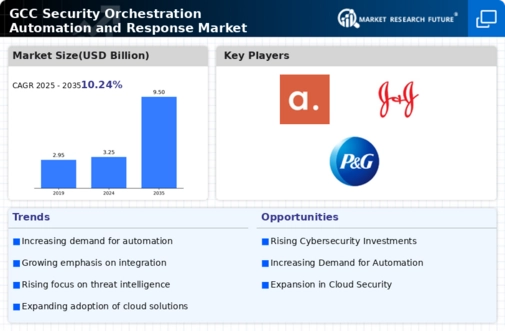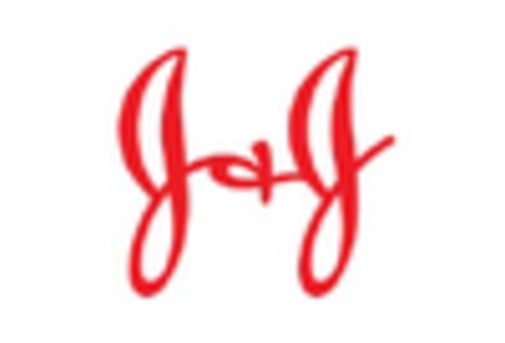The GCC Security Orchestration Automation and Response Market has experienced significant developments due to increasing security threats and the demand for efficient and effective cybersecurity solutions. As organizations in the Gulf Cooperation Council region strive to bolster their security postures, the competitive landscape is characterized by a mix of established players and emerging companies that specialize in security orchestration, automation, and response technologies.
The burgeoning awareness of cyber risks, coupled with regulatory requirements for protecting sensitive data, has propelled a number of companies to innovate and enhance their offerings to meet the specific needs of organizations operating in this dynamic market.
This environment fosters competition as businesses seek to differentiate themselves through advanced features, integration capabilities, and overall service efficiency in addressing the complex security challenges faced by organizations in the GCC.Siemplify has carved a niche within the GCC Security Orchestration Automation and Response Market by offering robust solutions that enhance incident response and management for security teams. Its strengths lie in its user-friendly interface that combines security orchestration and automation capabilities seamlessly, thereby improving the efficiency of security operations.
The company's platform is known for its ability to integrate with a wide array of security tools, allowing organizations in the GCC to leverage existing technologies while enhancing operational effectiveness.
Additionally, Siemplify's emphasis on providing comprehensive visibility and streamlined workflows has resonated well with security teams looking for more efficient incident handling solutions. As a result, Siemplify has garnered a strong presence in the market, positioning itself as a prominent player on the landscape.Cisco’s involvement in the GCC Security Orchestration Automation and Response Market reflects its continued commitment to providing advanced security solutions tailored for the region.
The company offers a comprehensive suite of products and services centered on its security portfolio, which includes threat intelligence, network security, and security automation tools designed to help organizations effectively respond to security incidents.
Cisco's strengths in this market stem from its extensive global reach, established reputation, and a wide range of partnership collaborations that enhance its market presence. Their capabilities are further reinforced by strategic mergers and acquisitions aimed at expanding their technology base and service offerings in the region. As such, Cisco remains a formidable competitor in the GCC market, offering solutions that are well-integrated and designed to address the unique security challenges faced by businesses operating within this fast-evolving landscape.














Leave a Comment